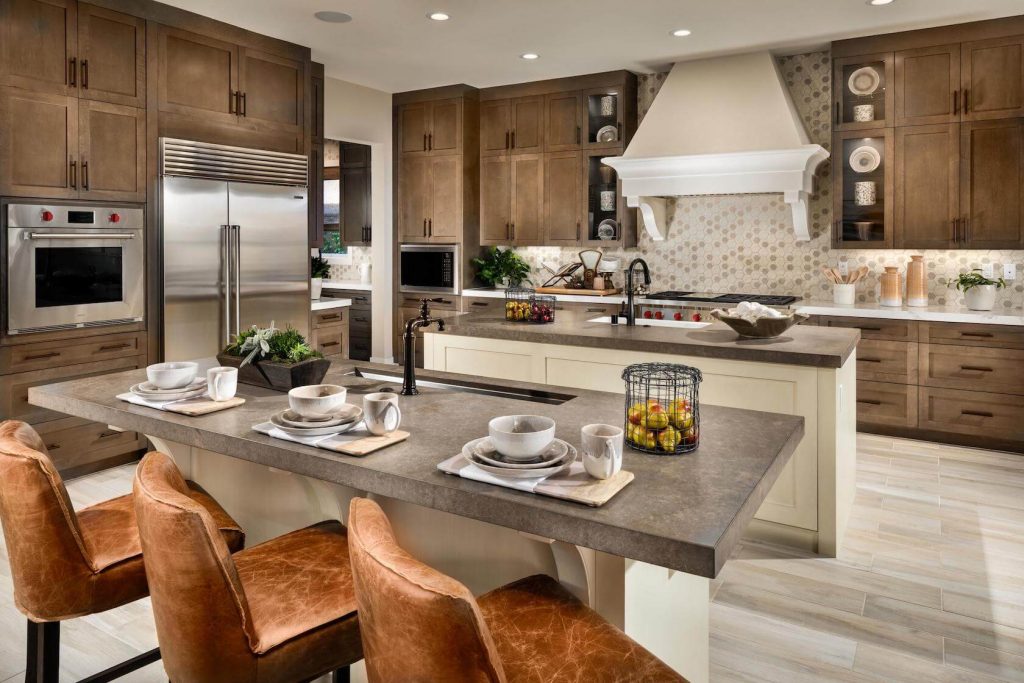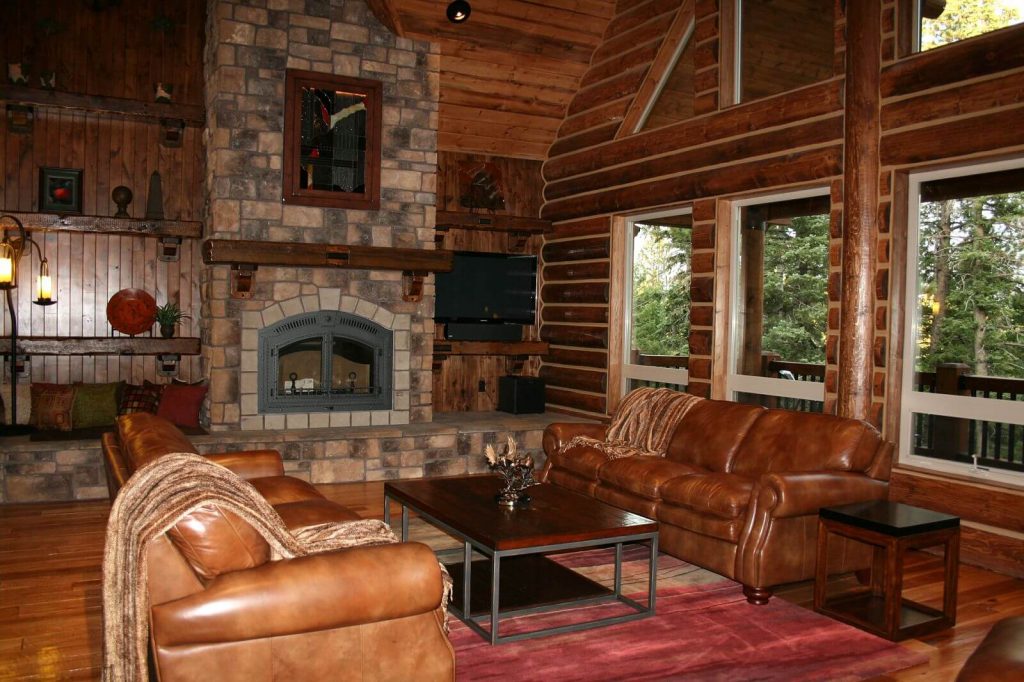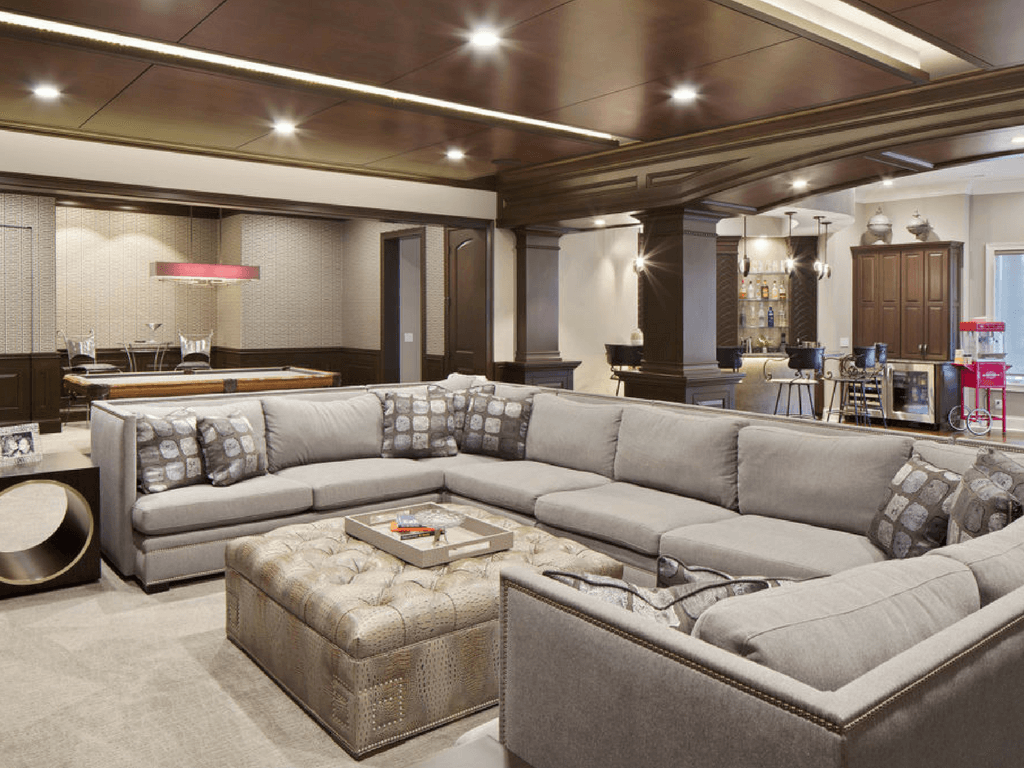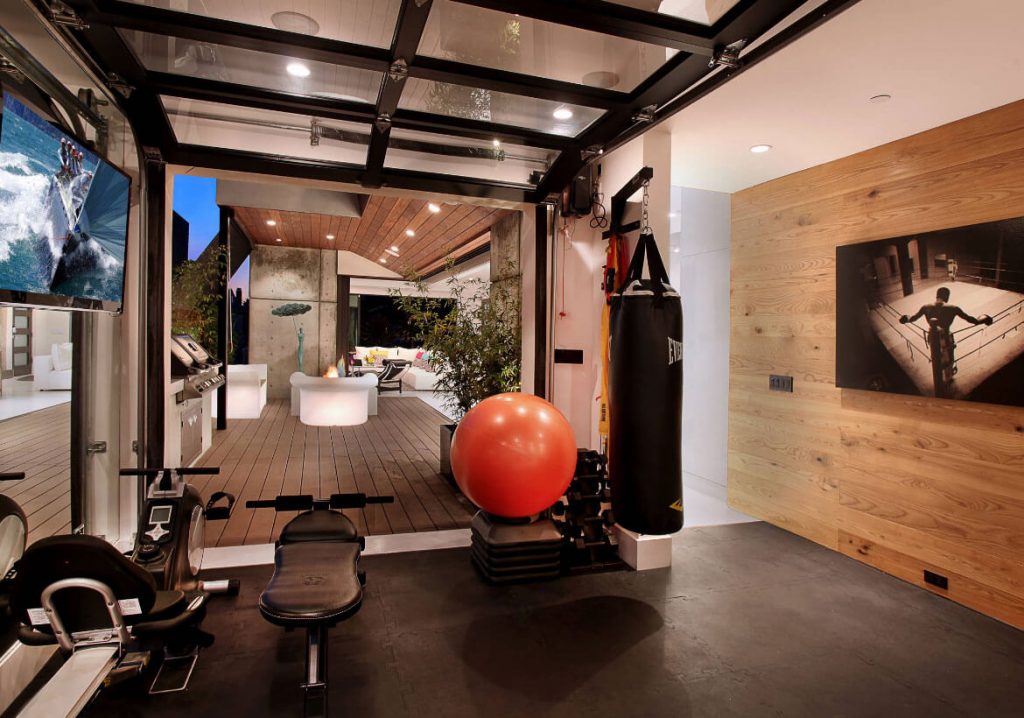When building a custom home, you should expect to make decisions. Lots and lots of decisions. However, if you partner with the right custom builder, those decisions become easier to make.
Quality custom home builders understand the current trends, market conditions, and local regulations. They can help you overcome obstacles and realize your dream home. Each housing market has its unique challenges and building requirements. Your builder can tell you what they are and how you can still have the design you want at a reasonable price.

To get you started, here is an overview of the process of building a custom home, from idea to move-in.
Start the Decision-Making Process with “Home” Work
You may already have an architectural style in mind for your custom home. If you don’t, you can start by looking online and in magazines to identify which style and architectural features appeal to you.
Drive through the neighborhoods you are considering, as well as new construction throughout the city. What are some home designs that stand out to you? What makes you say, “wow, I want to live there”?
Keep in mind that many communities have homeowner associations that may have restrictions on various aspects of the homes built there, from the architectural style to the color. You will want to select a home design that complements the aesthetic of existing homes in the neighborhood.

More ideas are available online and in print publications. There are magazines and websites that feature home design ideas, both interior, and exterior. Keep a folder of your favorites to show your design-and-build team when you are ready to create plans.
Also, when selecting the builder to make this home a reality, speak with family and friends about their experiences with builders in the area. Sit down for an initial interview with the builder, and follow up on references. You are undertaking a complex project for a substantial investment, so you want everything to be just right.
Make firm decisions before the design-build process begins. If you start making changes after the final plans are drawn, your budget will swell. If you change your mind after construction begins, your budget and schedule can go out the window.
An Overview of the Home Building Process
As early as possible, you want to select your “dream team”: the builder, architect, and interior designer that will bring your ideas alive. Custom homebuilders often partner with architects and interior designers they have worked within the past. A smooth working relationship between the members of your design and build team goes a long way towards creating a successful project. Here’s an overview of each team role:
- Your architect, who may be called a building designer, looks at your ideas and preferences to develop custom drawings for the builder and interior designer to use. You, your architect, and your builder need to mesh well because you will be spending a lot of time together discussing your lifestyle, vision, family needs, and desires for a home.
- Your builder provides a preliminary estimate for each version of the design. The builder is also an expert in local material and labor availability and pricing and can suggest value-engineering options to keep you on budget. After finalizing the design, the builder develops a comprehensive budget and schedule.
- Your interior designer works with the details inside your home. The interior designer develops lighting schemes, space planning, material selections, and other design work. Not to be confused with an interior decorator, the presence of an interior designer early in the home building process allows the architect and builder to plan for specifics of wiring, plumbing, and other utilities.

Including these three roles as early in the process as possible to ensure accurate budgeting and scheduling, allows plenty of lead-time for ordering materials and gives the builder time to lock in subcontractors.
The Phases of the Building Process
Custom home building is done in phases, allowing the project to be broken into smaller, more manageable steps:
- The architectural design phase is where you and your dream team create your preliminary home design. You develop an estimate, final plans, engineering, specifications, and a detailed budget and schedule.
- The preconstruction phase consists of obtaining all approvals for financing, as well as from the homeowners association and municipal regulators. Key subcontractors are signed for the major home systems.
- The construction phase is where you break ground, and the project really starts to move. The builder prepares the site, engineers build the foundation, and the shell of your home takes shape. After that, your house receives its exterior and interior work from flooring to insulation.
- The final inspection phase involves walking through your completed home to ensure everything is the way you want it.
- The warranty phase is where unexpected issues are taken care of. Builders do the best they can to ensure perfection before move-in. Still, a quality builder isn’t finished until you are completely satisfied.
Just knowing there are definite steps to your project can make it less overwhelming. Each of these phases has its own timeline, but you can rest assured that the completion of each step moves you along to living your dream.

A Few Words About Permitting
There is no construction without permits. Before beginning site work, the builder obtains HOA approvals and city building permits. One of the benefits of using a quality custom builder that is familiar with your city is that intimate knowledge of the local process smooths the way.
Permitting is the regulatory technique used for monitoring construction standards for quality and safety within a municipality and neighborhood. Most permits require a fee paid to the city, and the granting of a permit hinges on situations such as easements and property setbacks.
Homeowners associations are typically volunteer organizations within the neighborhood, perhaps along with a professional management company. HOAs set and enforce the CC&R (covenants, conditions, and restrictions) for the neighborhood while managing common areas and community property. The HOA exists to maintain the neighborhood’s quality and lifestyle. Homeowners pay annual dues toward maintenance and administration of the HOA.
Permits and HOA enrollment are requirements, not options. For the builder to proceed to construct your home legally, you must pay for permits. If the neighborhood has an HOA, it is unlikely you can opt-out.
Plan Firmly but Remain Flexible
Homebuilding is a definitive case for “hope for the best and prepares for the worst.” Early design decisions and selections help keep the project on track, but there are variables that nobody has control over, such as the weather, local labor, and material availability.
There is no way to ensure sunny weather at the construction site, nor to remove all delays for shipping and transportation. However, your custom builder should be familiar with the local weather and the challenges of ordering supplies. The schedule is made accordingly.
Feel free to visit the construction site periodically to see how things are going. Stay positive and expect the unexpected.

Common Issues
Several issues are typical of custom home building. When you put together your dream team at the outset and make firm decisions, you mitigate the worst of these:
- Permitting delays – a builder with experience in the area usually knows the ins and outs of the permitting process and prevents most delays.
- Material selection delays and lead times – when you make firm decisions as early as possible in the project, you have plenty of lead time to account for shortages or transportation problems.
- Design budget misalignment – again, put your team together early, pay attention to any concerns, and make firm decisions ahead of the final budgeting process. Experienced architects, builders, and interior designers have a handle on the typical cost of materials and labor and should be able to guide you accordingly.
- Changes in design – another reason to make firm decisions early. Change orders are some of the most expensive processes in construction.
- Unexpected costs and delays – here is where you put on your positivity hat and let your dream teamwork through the problem.
Conclusion
As you can see, most of the issues above can be eliminated through early planning and decisiveness.
Building a custom home is a huge project for most homeowners. When you work with a quality home builder, the project can be a joyous one. Choose your dream team wisely, stay flexible and positive, and you can be living in your new custom home before you know it.
Continue reading:

